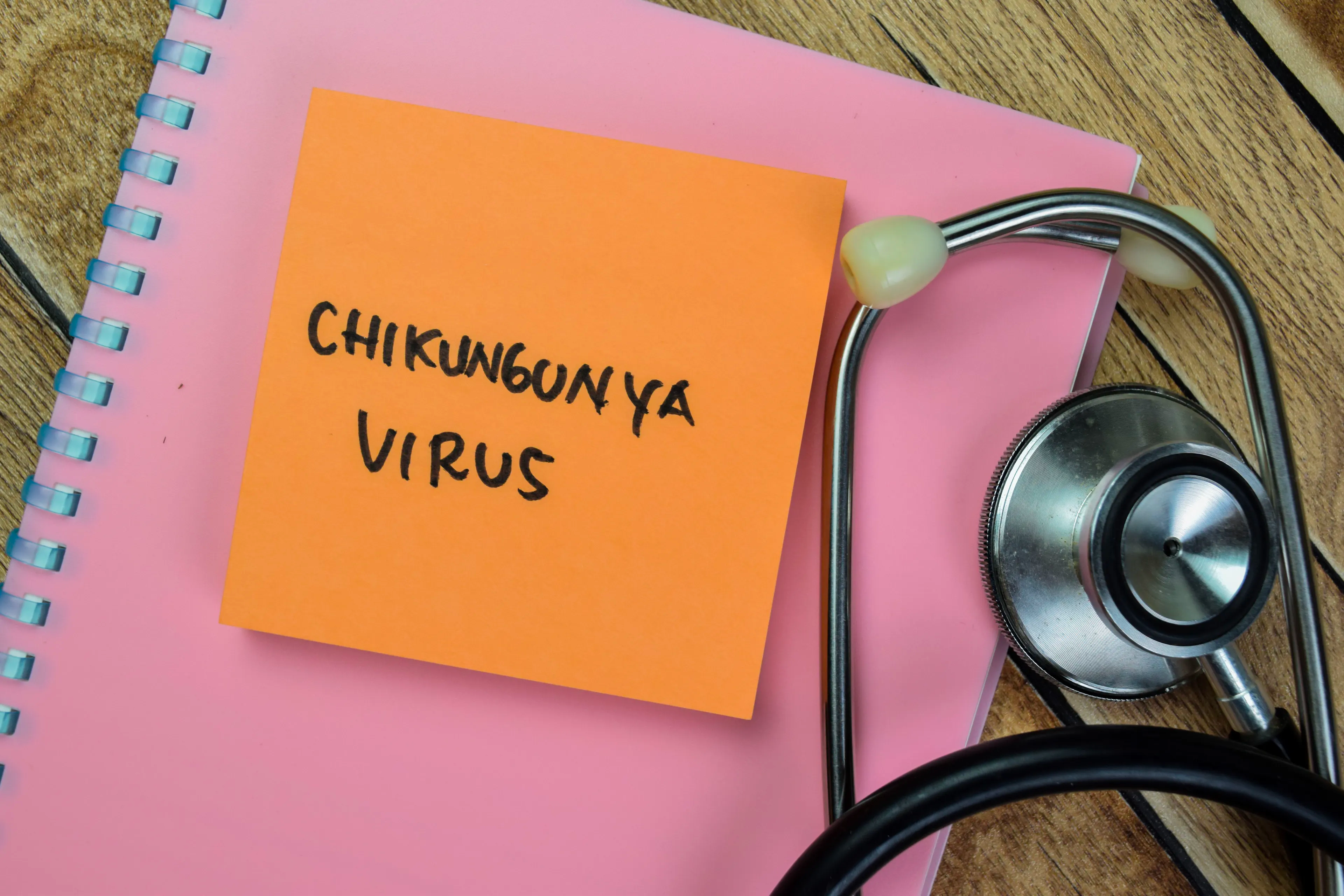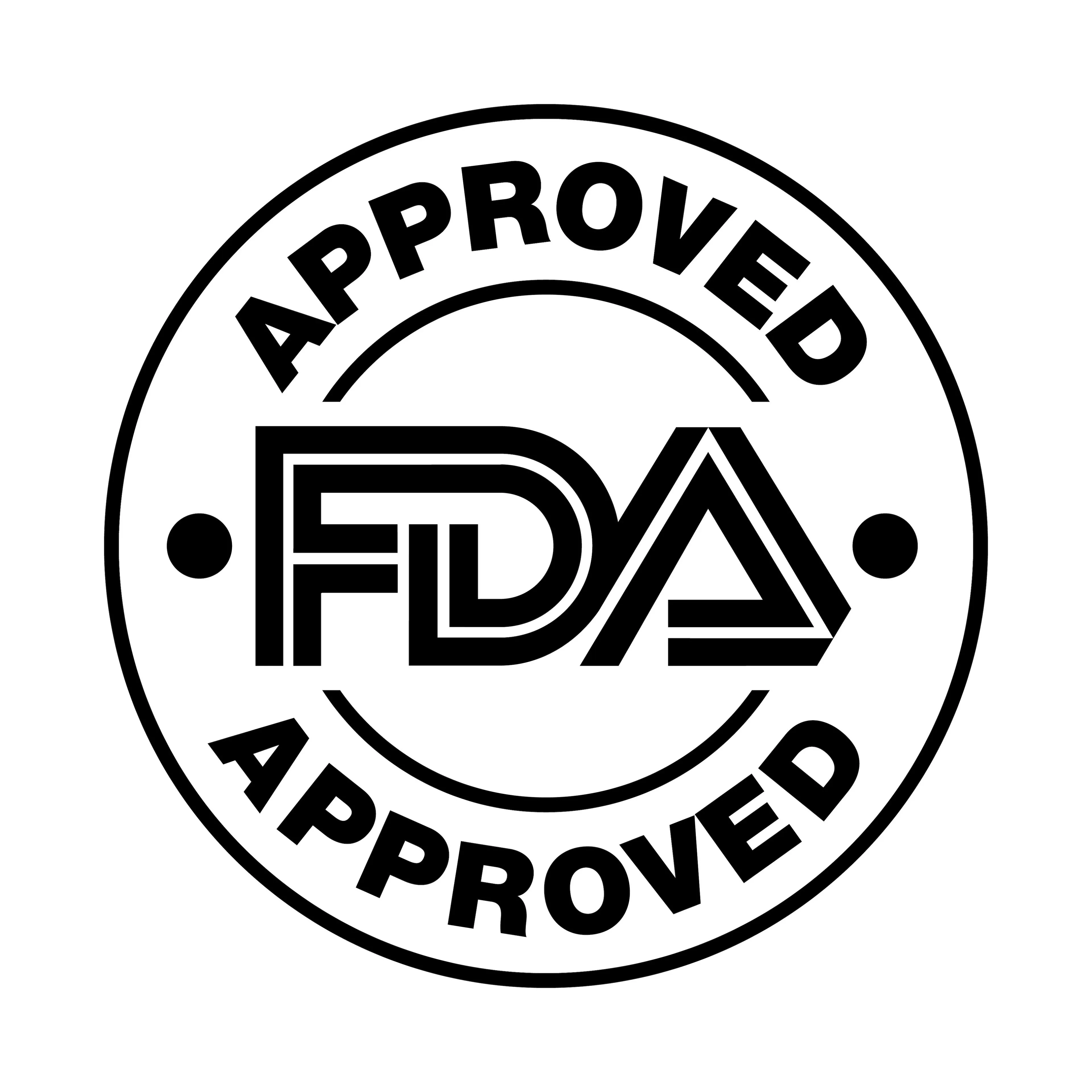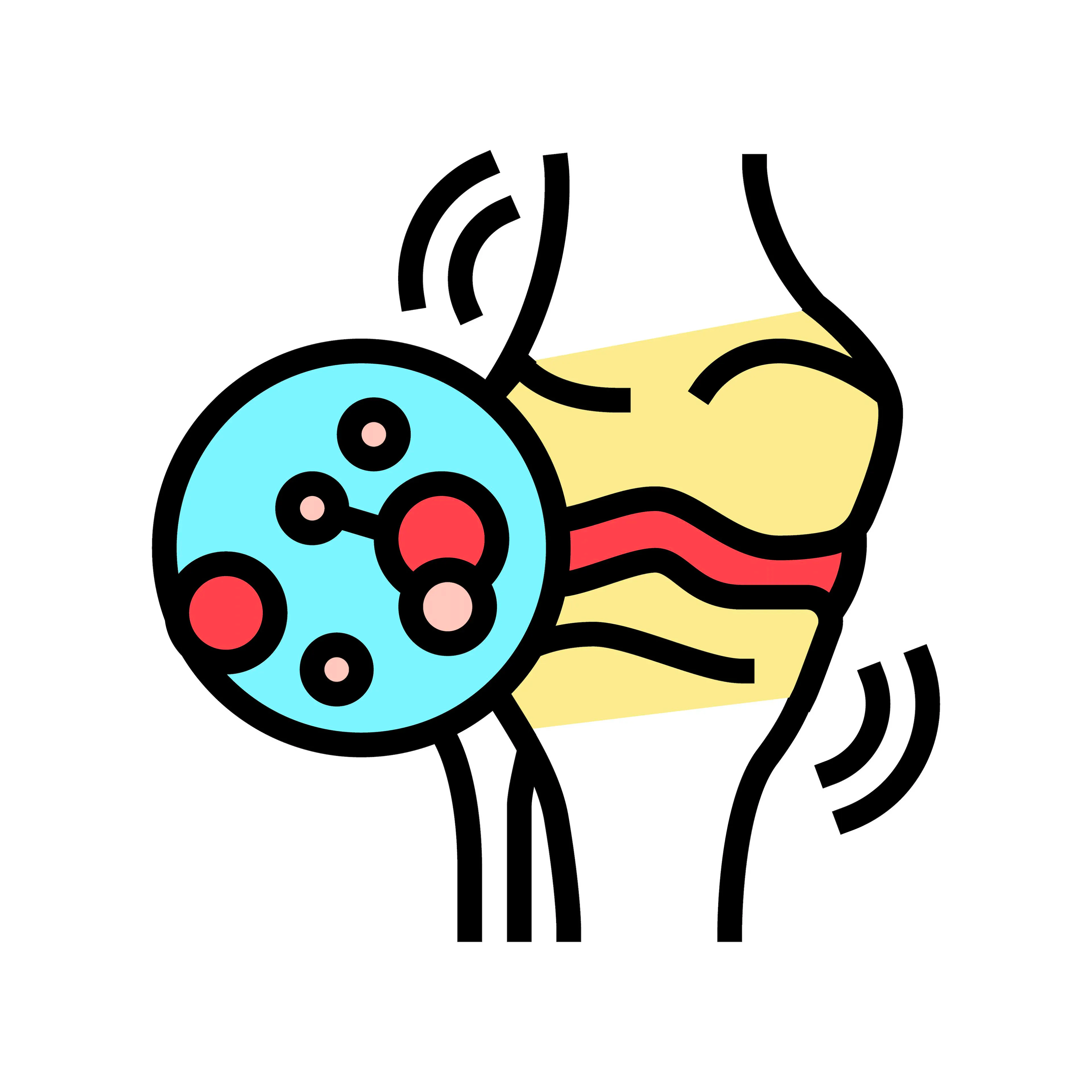Contemporary Pediatrics week in review: chikungunya vaccine approval, targeted treatment for JIA, and more
Review some of the top stories from the Contemporary Pediatrics website over the last week, and catch up on anything you may have missed.
Image credit:Contemporary Pediatrics

Thank you for visiting the Contemporary Pediatrics® website. Take a look at some of our top stories from last week (Monday, November 6 to Friday, November 10, 2023), and click on each link to read and watch anything you may have missed.
1.) World’s first chikungunya vaccine FDA approved for individuals 18 years and up
The US approval makes VLA1553 (Ixchiq; Valneva) the world’s first licensed chikungunya vaccine.
Click here for the full article.
2.) Lack of testing, inadequate treatment led to continued spike in congenital syphilis in 2022
A total of 3761 cases of congenital syphilis were reported to the CDC in 2022, with the lack of timely testing and adequate treatment contributing to 88% of these cases.
Click here for the full article.
3.) Ustekinumab biosimilar approved for children 6 years and up with plaque psoriasis, psoriatic arthritis
Ustekinumab-auub is approved to treat indications that are currently approved for ustekinumab, including moderate to severe plaque psoriasis (candidates for phototherapy or systemic therapy) and for those with active psoriatic arthritis, aged 6 years and older.
Click here for the full article.
4.) Treatment-to-target strategies decreased pain for children with non-systemic JIA
The study authors sought to compare pain scores over 2 years in 3 treatment strategies in non-systemic JIA patients who were treated to target aimed at inactive disease, and to determine the effect of inactive disease and time to inactive disease on pain.
Click here for the full article
5.) FDA grants De Novo clearance to Owlet’s Dream Sock
This decision makes Owlet’s Dream Sock the first and only over-the-counter medical-grade pulse oximeter that is cleared for use in infants, according to the company.




